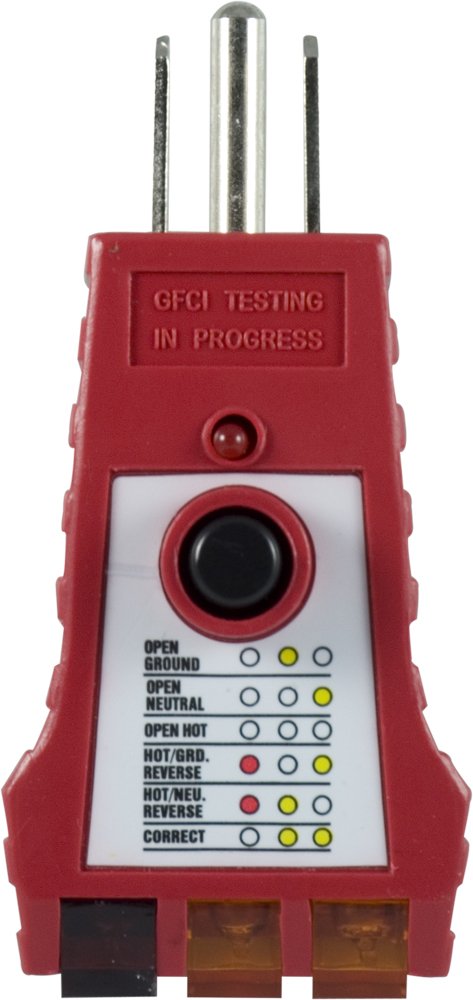More house electrician nonsense.
It is house electrician nonsense because it is based on terrestrial electrical code rules that state a neutral will only be bonded to ground at a single location.
Unless you have a houseboat that is firmly fixed to the beach and has street address on the side instead of a hailing port you should adhere to marine practice and forget what house electricians tell you "must" be done.
Not only this this wrong, but it's wrong in a way that can
kill you.
There is a
very good reason for a single neutral bonding point, which I will describe: Current in your AC system flows through two wires: the hot and the neutral. The ground wire exists so that if there is a any "leakage" of electrons, they will flow to the ground and that will trip any over-current protection device (OCPD, typically a breaker or fuse), which is located in the same circuit as the OCPD.
Now, I want you to imagine that you have the ground bonded to the neutral in
two locations, for example the shore power breaker panel on the dock and also the genset. Now imagine that for some reason the ground connection from the shore panel breaker to the boat is poor -- which can easily happen for any number of reasons: a bad connection in the cable, a wiring problem on the dock, a wiring problem on the boat, etc. Now imaging that we have the same leakage of electrons from the hot to the ground on the boat.
This will not induce any current flow from hot to ground in the OCPD. In fact, even worse, since there is a
second connection to groundon the boat, this will have the effect of energizing the ground circuit on the boat to the full potential of the hot leg of the incoming circuit.
This is potentially lethal to both people on your boat as well as to people on other boats and in the water.
If you want some gruesome reading, Google "electrocution at the dock ground bonding". And here's a link to proper "marine practice", from Steve D'Antonio, that directly contradicts the advice given by the poster quoted above:
Steve D'Antonio - Marine Consulting Services for Boat Buyers, Boat Owners, and Manufacturers
Scott Welch
Island Eagle


